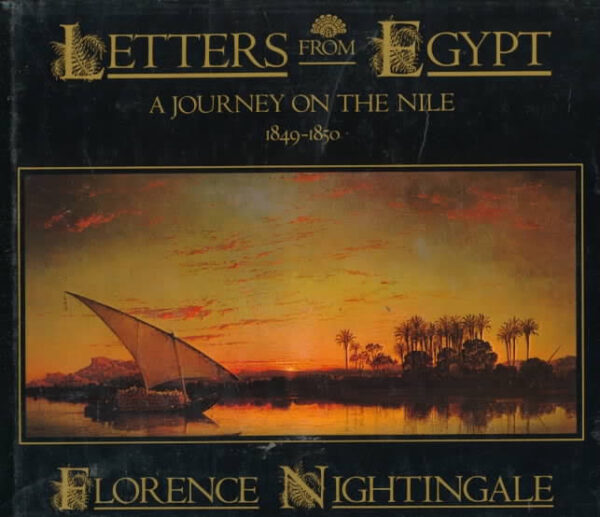19th-century Egyptology: A visual tour
19th-century Egyptology: A visual tour
19th-century Egyptology: A visual tour
-
Hannah
-
Hannah
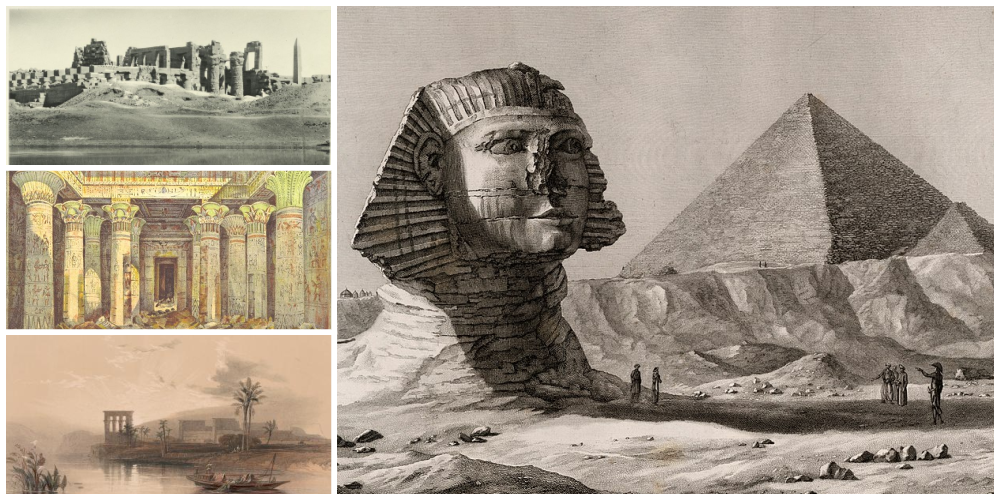
In our modern era, Ancient Egypt is a source of fascination for many people around the world. The Pyramids, the temples and tombs, the pharaohs, the gods… we are eager to discover more about this civilisation that endured for more than 3,000 years.
But rewind just 250 years, and there was no great clamour to learn about the history of this country. The mighty Sphinx was buried to its shoulders in sand. The boy-king Tutankhamun lay deep under the desert in his golden sarcophagus, his tomb undiscovered.
It was Napoleon’s Egyptian Campaign of 1798 to 1801 that sparked interest in Egypt. The French leader took with him on his military expedition 160 savants (scholars and scientists), who carefully documented all they saw. On their return to France, they published, over the next 20 years, the Description de l’Égypte (Description of Egypt). This work – the largest ever published at that time, and spanning 37 volumes in its second edition – was amazingly detailed, and it contained 894 pictures, the work of 2,000 artists and engravers. For the first time people in the West could see such amazing sights as the Pyramids!
This was the beginning of Egyptomania in countries like France and Britain, and of Egyptology, the academic study of Ancient Egypt, both of which grew rapidly during the rest of the 19th century as more and more exciting discoveries were made.
For me, there is something really evocative about 19th-century depictions of Egypt; they encapsulate the romance, exoticism and mystique of Egyptomania. I have compiled here some of my favourite pictures and photographs published in the 1800s.

‘Great Funeral Procession of a Royal Scribe at Thebes’, in Manners and Customs of the Ancient Egyptians by J.G. Wilkinson, 1837 (British Library)

‘Vue du Sphinx et de la Grande Pyramide, prise du sud-est’, Volume 5 of Description de l’Égypte, 1822 (New York Public Library)
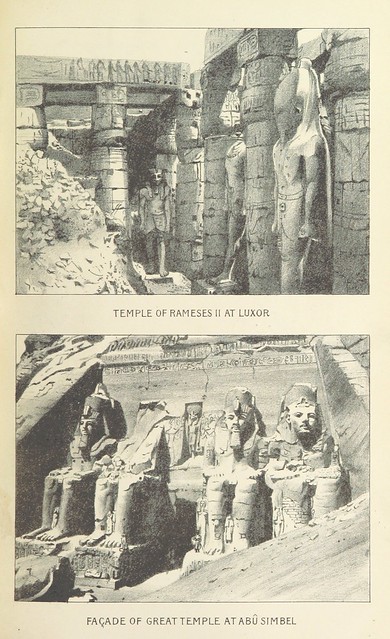
From A Pilgrimage to Egypt: An Account of a Visit to Lower Egypt by James Smith, 1897 (British Library)
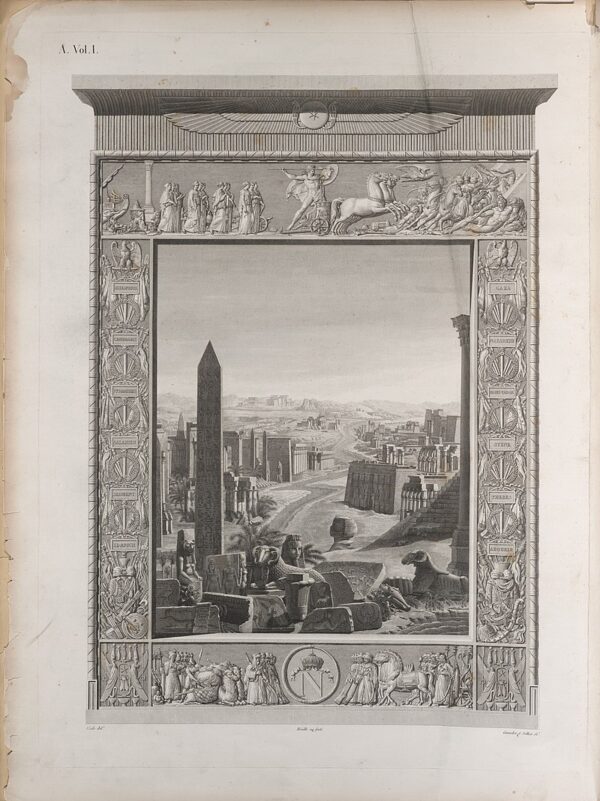
Frontispiece, Volume 1, Description de l’Égypte, 1809 (New York Public Library)
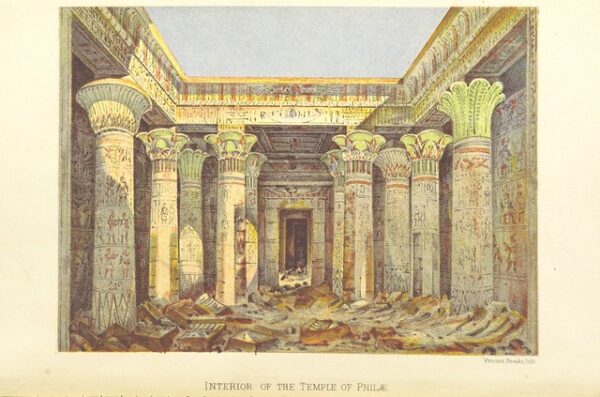
From A Winter in Upper and Lower Egypt by George Alexander Hoskins, 1863 (British Library)

‘Le colosses de memnon’ by Antonio Beato, 1860–9 (New York Public Library)
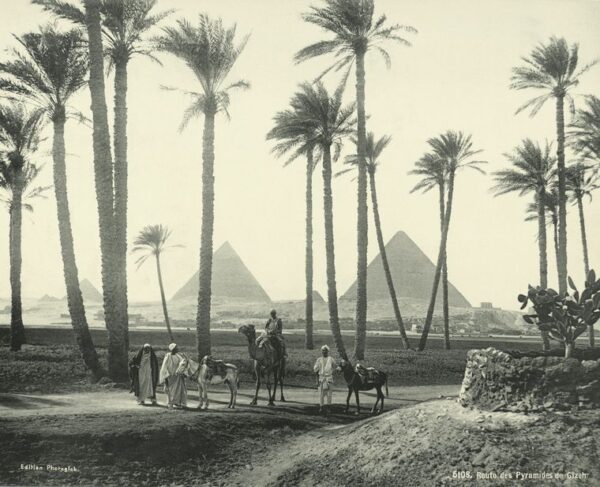
‘Route des pyramides de Gîzeh’, 1870-5 (New York Public Library)

‘Île de Philae’, Volume 1, Description de l’Égypte, 1809 (New York Public Library)

‘Karnak: le Gr[and] Temple dep., le lac sacré’, 1970–5 (New York Public Library)
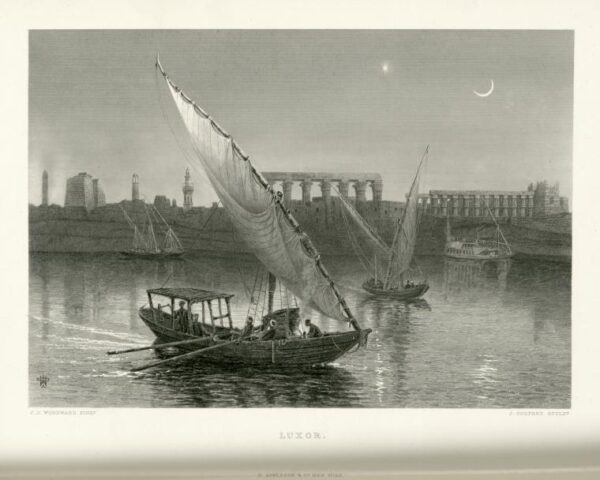
‘Luxor’ by John Douglas Woodward, 1881–4 (New York Public Library)
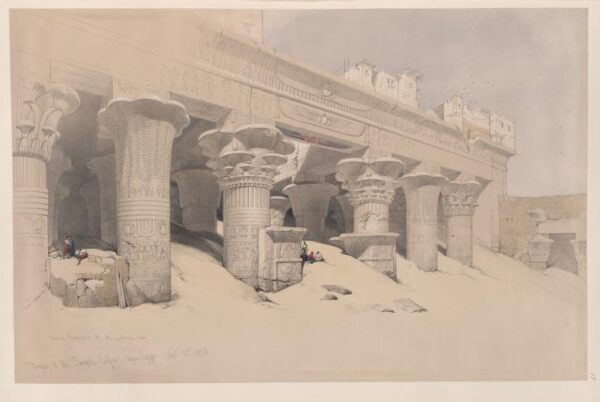
‘Portico of the Temple of Edfou [Idfû], Upper Egypt. Nov. 23rd, 1838’ by William Brockedon, 1846–9 (New York Public Library)
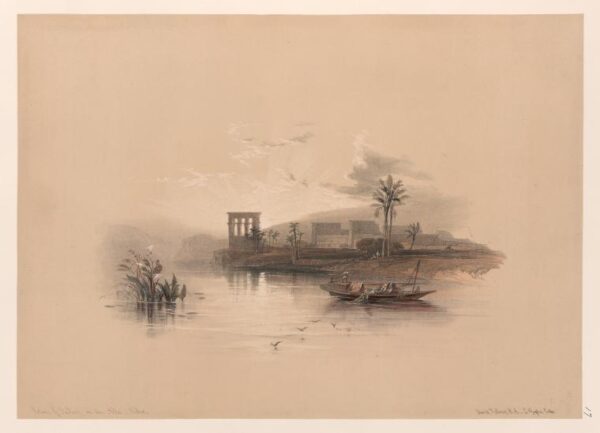
‘Island of Philae on the Nile, Nubia’ by William Brockedon, 1846–9 (New York Public Library)
—
Imagine how amazing it would have been to see these pictures back in the 19th century! I think if I were living in Victorian times, I would have longed to travel to Egypt and see it all for myself. One lady of the era who did make the journey was Florence Nightingale (‘the lady of the lamp’), and her book Letters from Egypt: A Journey on the Nile, 1849–1850 is a beautifully illustrated account of what she saw and how it inspired her. If you are interested in Egyptology in the 19th century, it’s well worth a read.
